

Summer is here and that means it’s time to make some styling adjustments. Keeping cool while at work this summer will ensure you feel good while also looking the part as you get down to business.
At this time of year you might already have fitted out your wardrobe for the heat, or perhaps there’s some tweaking left to do.
- 7 best suits for men 2018: look sharp in these suits
- Kick-start your morning with this six-step grooming routine
- The best men’s fragrances and colognes 2018: long lasting scent for the discerning gent
Whether you’re looking for a little inspiration for your summer work wear selection, or if you’re still working on the broad strokes, we’ve got you covered with our guide to men's summer work wear.
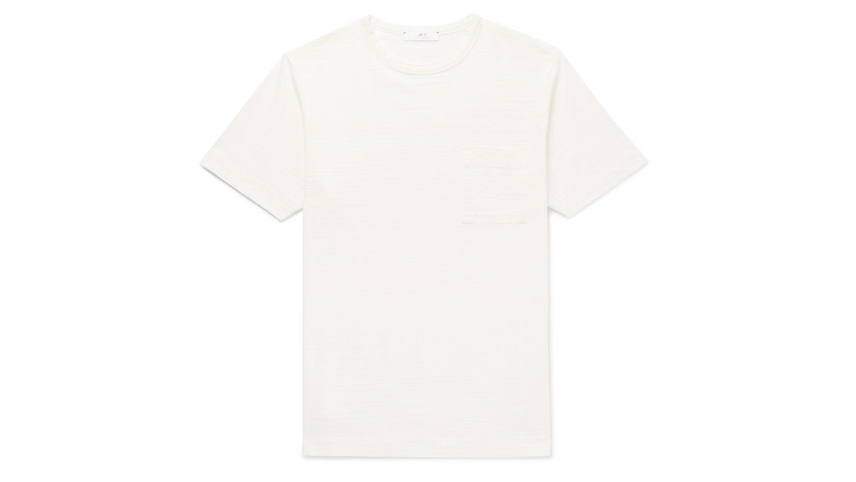
Casual wear
First up is the obvious one – casual wear. Why should you go casual in summer when you can technically do it year-round? Well, you absolutely do not have to, but casual is essentially comfort wear.
The fit can be looser, materials can be softer and tolerances on how you mix it all together are wide. When you’re soaked in greasy sweat on a packed train carriage this coming July, comfort will be a big plus.
What are some good casual wear work options then? First up is the breathable basic tee that’ll get some good mileage, along with classic denim. A pair of pristine white sneakers works well, along with chinos or a relaxed dress shirt – but perhaps with the sleeves rolled up.
Where your choice of casual sits on the spectrum will depend on where you work and what you do. Is a T-shirt and shorts okay? Will flip flops fit? Perhaps it’s button-down style all year round. If that’s the case, you can still play with colours, patterns and fabrics. So let’s dive into those now.
Get all the latest news, reviews, deals and buying guides on gorgeous tech, home and active products from the T3 experts
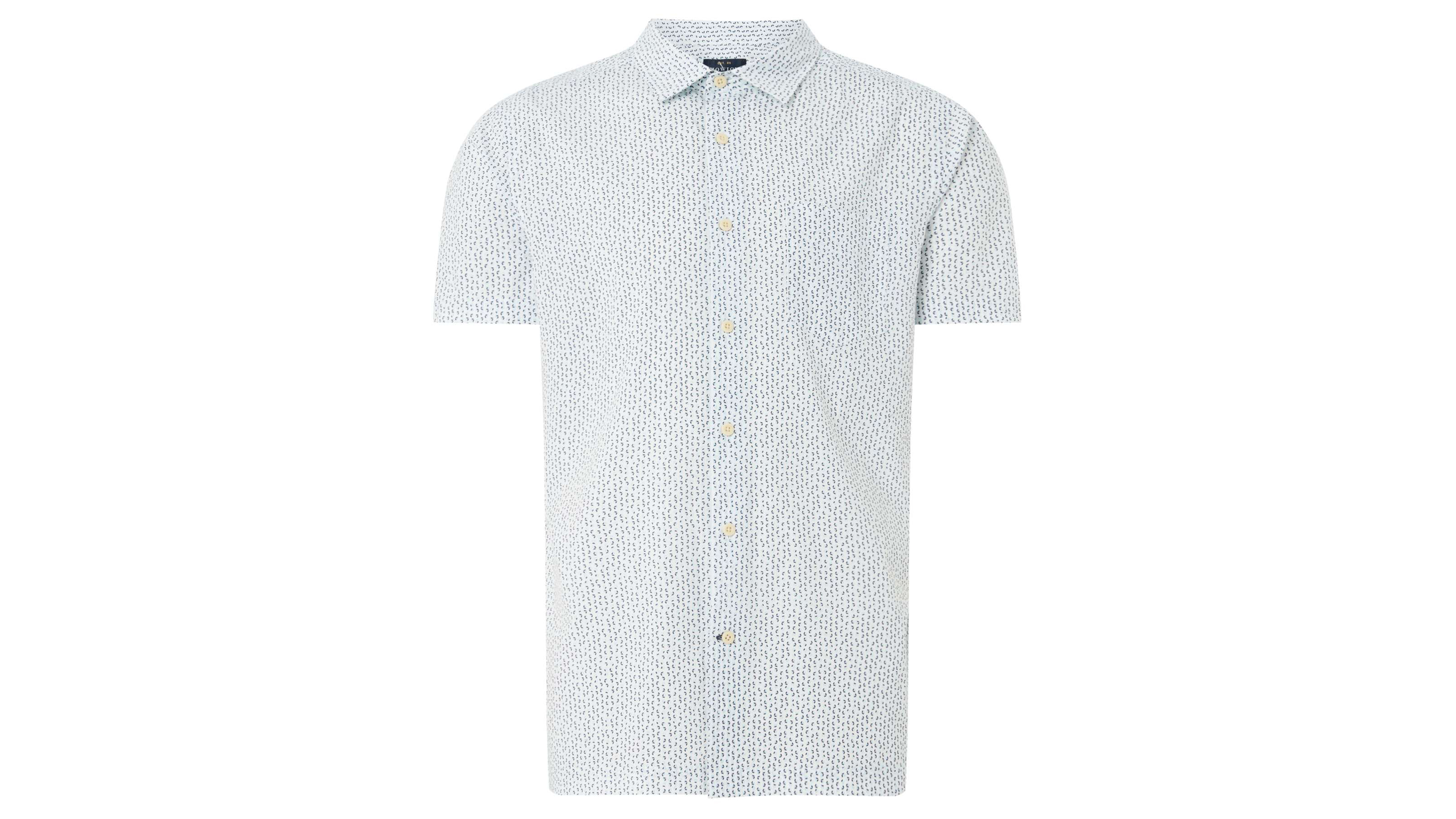
Patterns matter
As you wear fewer layers in summer there are also fewer pieces you can use to flex your style. If you wear shorts and a short-sleeve shirt, then you’ve essentially got one set of matching (or contrasting) colours to work with. This is where patterns come in.
Patterns allow you to produce contrasts within one piece, such as a white shirt that has a grey geometric pattern woven into the fabric. Either of these colours can then also be used to mix and match with shorts, shoes or accessories.
You can go with inverted colours by wearing a white item with black stripes and pair that with a piece that has white stripes. Or you could try using the same patterns with mixed colours, such as complementary or various shades of the same colour. If you want to stay with the same patterns and colours, then you can play around with different sizes of the same pattern.
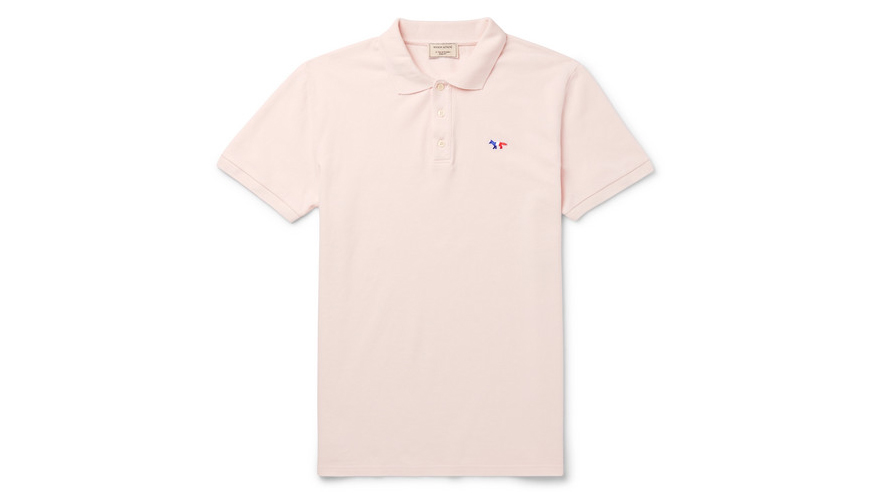
Heat up your colours
Now before we get carried away with all the beachy, peachy colours that can turn your summer wardrobe into a day at the beach, I’ll first mention the obvious. It’s a good idea to work with your personal colour palette before making a cash investment in new garms. So don’t forget to match what you wear to your hair, skin and eye colour as you prefer.
It’s not too tricky though. As you move away from the safer blacks, greys and navies and towards yellow, red, green, purple and pink, you can simply use the colour wheel to find shades that pair with your personal palette.
Some neutrals that you can go for include white, beige, stone, and pale grey. But in general, you’ll want to go for brighter shades to give your wardrobe a fresh summer look. Something like this Maison Kitsune polo could do the trick.
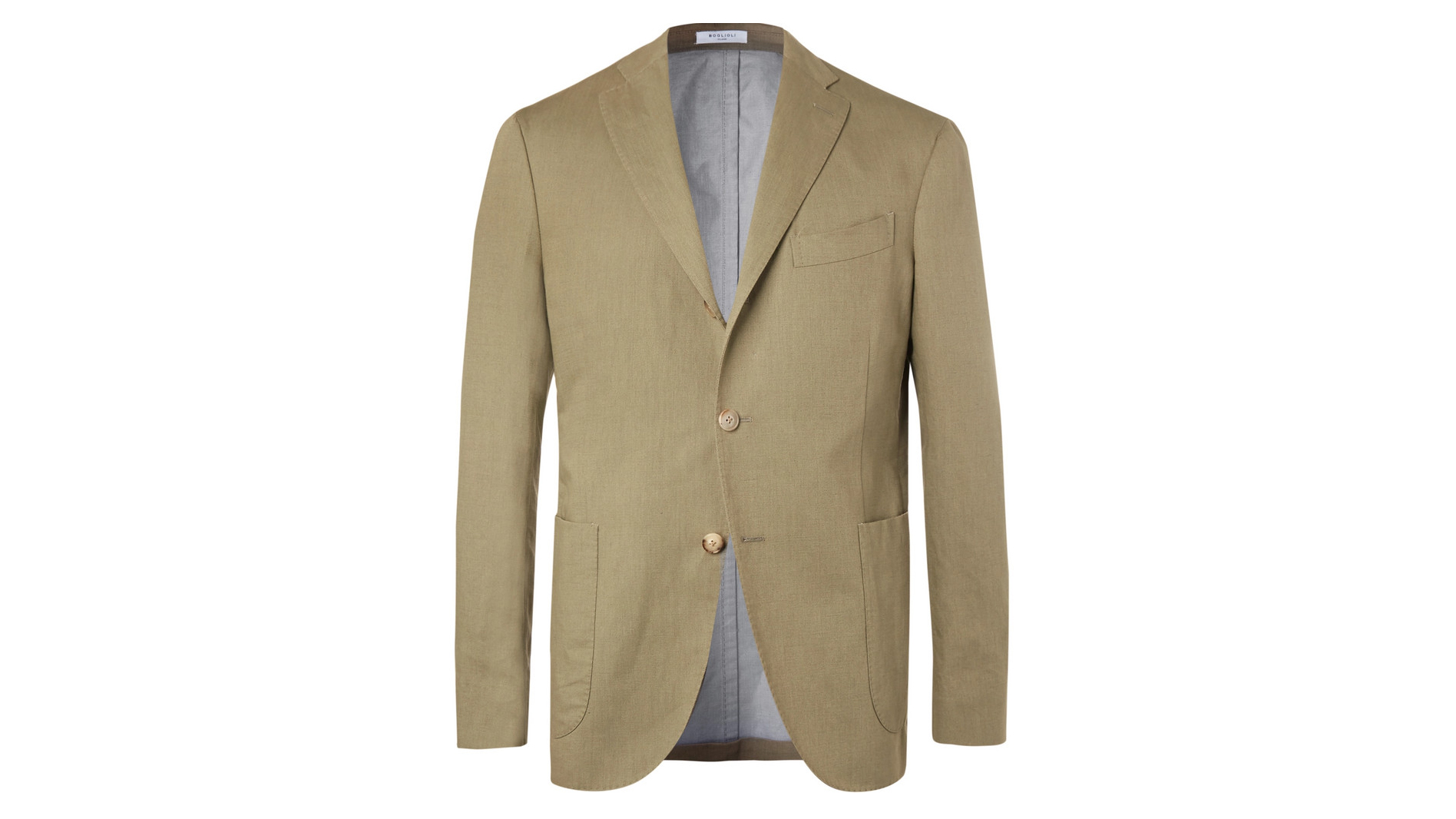
Go for a blazer
The blazer is less formal than a suit jacket, making it a great casual styling option for professional environments. But what’s so great about a blazer is that it can heighten your ‘fit – meaning that a seemingly casual look can be boosted for the office.
The easy go-to option is to layer a blazer like this over a simple jeans and T-shirt combo. Be sure to get the fit right though, as a blazer that’s too tight or loose doesn’t look too good. The ideal summer blazer is one made of linen and, if you’d like to sharpen your style even further, then you could go for an Oxford shirt (with or without a tie) and pair it with dress trousers.
Summer vibes at work
A few tweaks can go a long way to getting your work wear right for summer. After all, it’s not just what you wear but how you wear it. Depending on the kind of professional environment you find yourself in, these might do the trick.
Try to go for more loose-fitting clothes to keep cooler. You’ll want more breathable fabrics before looking at the fit, so cotton would be better than stuffy synthetic materials, which there is plenty of floating about. Roll up your sleeves for comfort but also a more outdoorsy look and, while you’re there, pinrolling your jeans can look good and keep you cooler – but avoid rolling everything at once.
If you can step up your casual game without raising eyebrows, then why not wear flip flops to work on hotter days. You might even be able to incorporate actual beachwear, like boardshorts, for proper summer vibes.
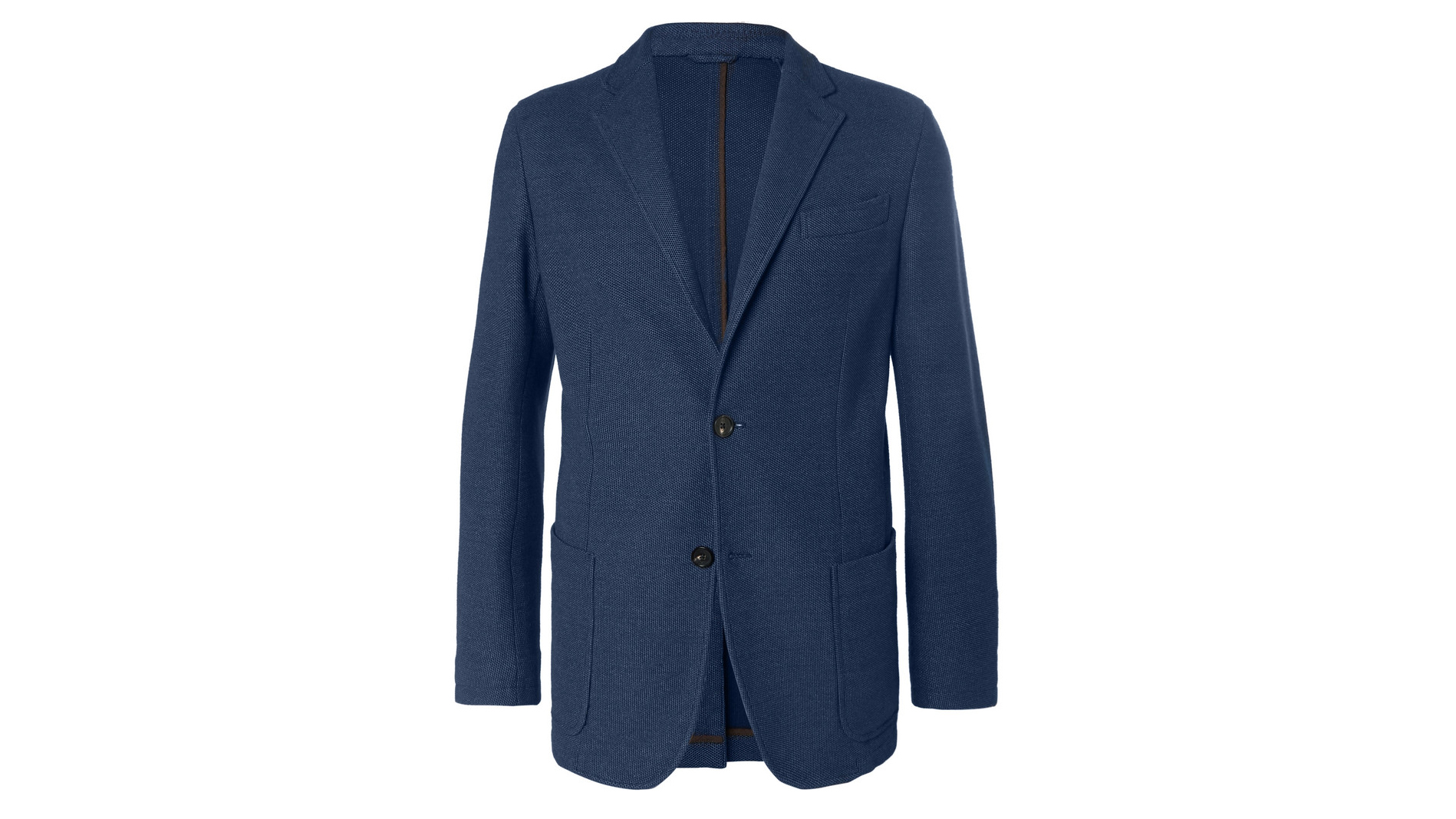
Smart business style
While trying to play up casual and make work sound like a pool party, let’s not forget that summer work wear can, and should, be formal in many contexts. While you might want to look sharp without donning a suit and tie, a solid business casual setup is always a good idea.
The one-stop dress casual outfit is a navy blazer with grey trousers. But if you want something a bit different, then go for a jacket that isn’t matched to your trousers for a sharp but relaxed style.
As a minimum, you want to keep a collar and dress shoes while ditching jeans to keep your look business casual. The great thing about smart casual is that you don’t need to keep all the sweat-inducing bits over the top.
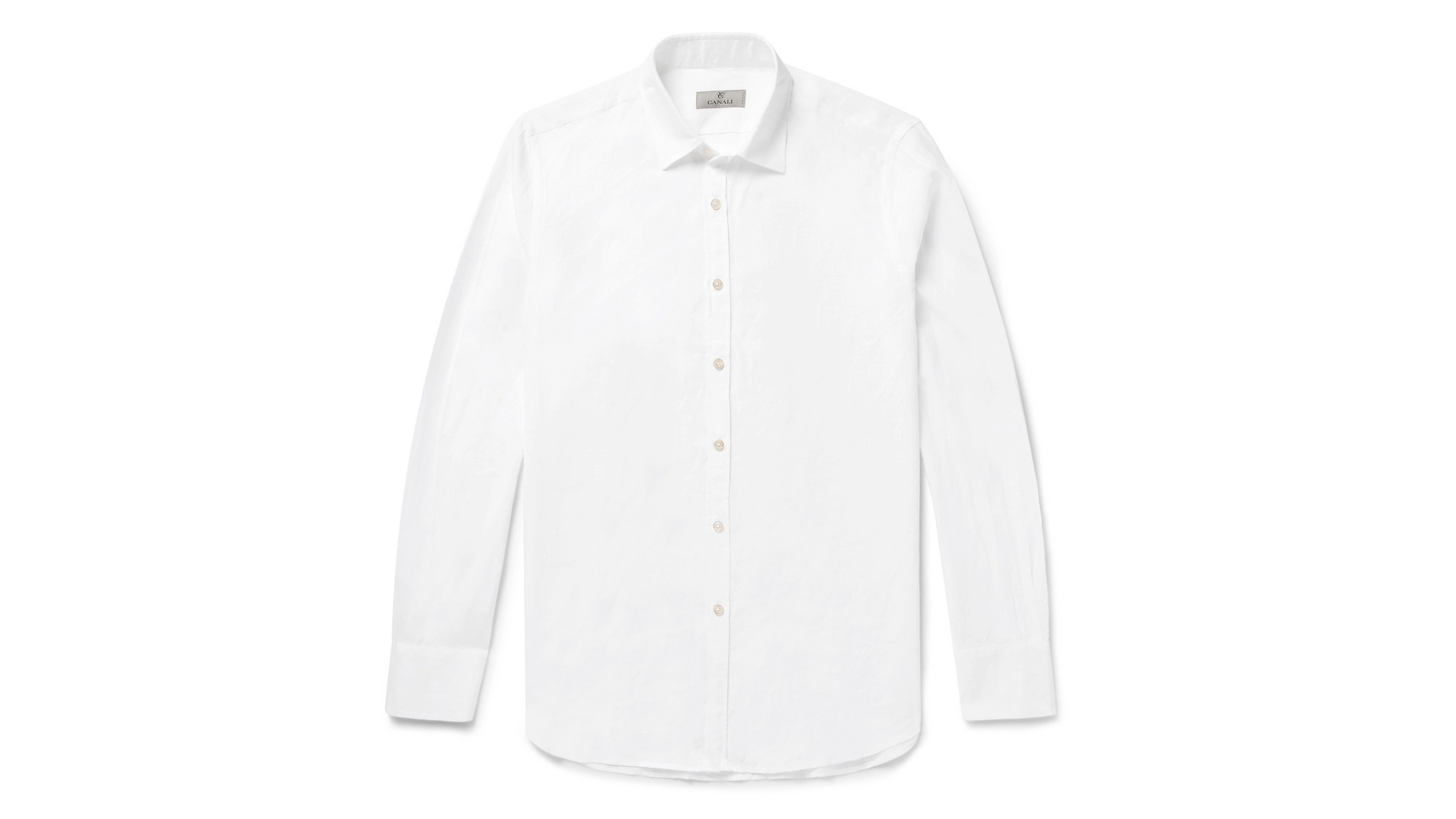
Cool fabrics
Speaking of sweat, one of the biggest causes of perspiration is fabric choice. While it mightn’t be high on your list of priorities, it definitely should be. This might mean investing a little more money but the payoff is worth it when it’s hot and you’re trying to work. Here’s a quality linen shirt that looks good and will keep you feeling cool. Now for some tips.
Go for an open weave fabric where you can. There are gaps between the fibres of this fabric which allow small amounts of air to circulate through. Also, buy lighter colours when picking fabrics. These reflect light better than darker colours and you’ll notice the difference when you’re in direct sunlight.
Lastly, natural materials will generally be more comfortable in summer than synthetic materials. While fabric tech has improved over the years, it’s still hard to beat cotton and linen when you want to keep cool.
